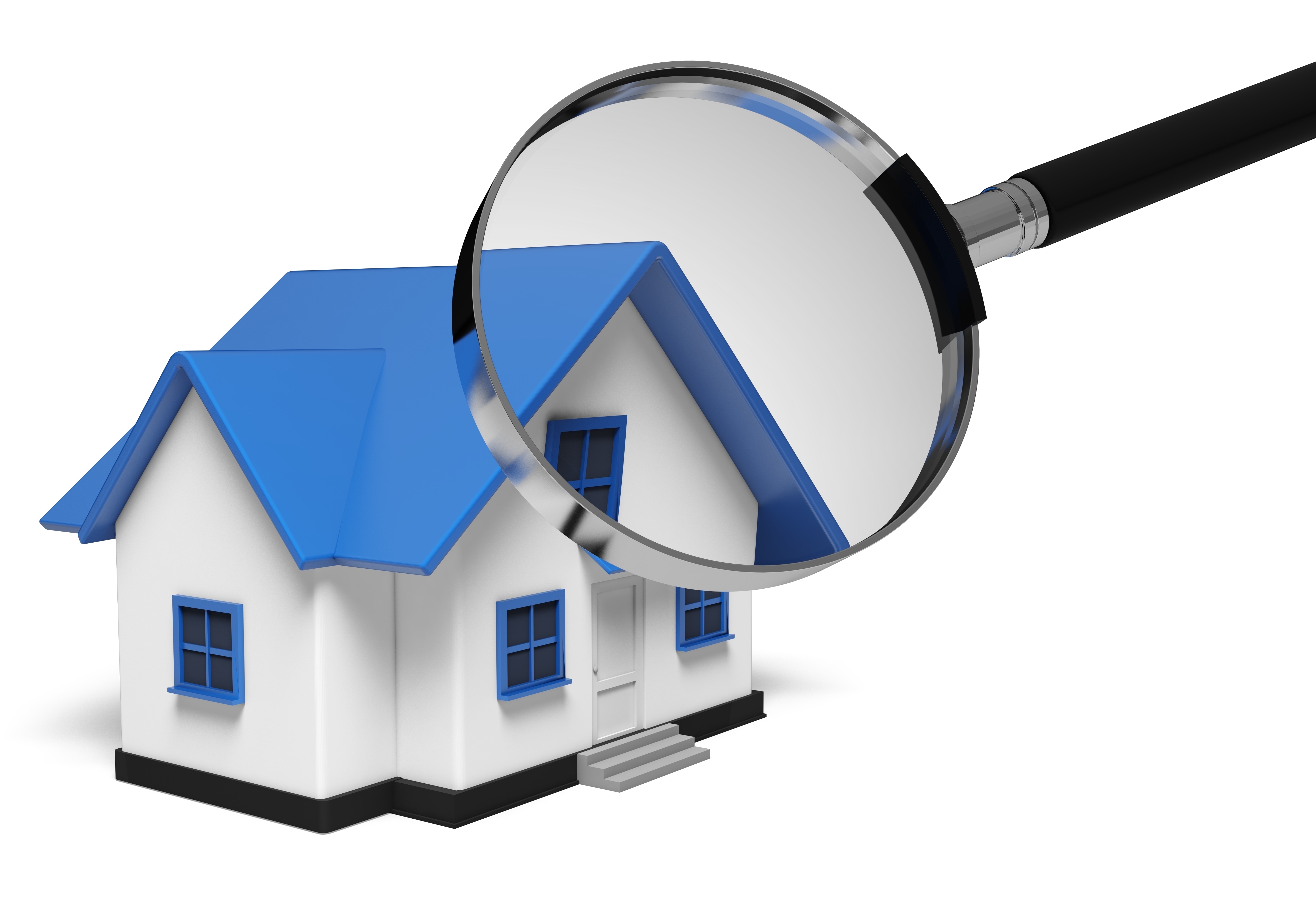
A Description of the Appraisal ProcessPurchasing a home can be the biggest financial decision most of us will ever make. Whether it's where you raise your family, an additional vacation home or an investment, purchasing real property is a complex transaction that requires multiple people working in concert to make it all happen. Practically all the participants are quite familiar. The real estate agent is the most known face in the exchange. Then, the lender provides the money needed to bankroll the deal. And ensuring all areas of the sale are completed and that a clear title passes from the seller to the buyer is the title company. So, who's responsible for making sure the property is worth the purchase price? In comes the appraiser. We provide an unbiased opinion of what a buyer could expect to pay — or a seller receive — for a property, where both buyer and seller are informed parties. A licensed, certified, professional appraiser from Ami McKinney Appraisals, LLC will ensure, you as an interested party, are informed. The inspection is where an appraisal beginsOur first duty at Ami McKinney Appraisals, LLC is to inspect the property to ascertain its true status. We must see features first hand, such as the number of bedrooms and bathrooms, the location, living areas, etc, to ensure they truly are present and are in the condition a reasonable buyer would expect them to be. To ensure the stated square footage has not been misrepresented and convey the layout of the house, the inspection often entails creating a sketch of the floorplan. Most importantly, the appraiser identifies any obvious features - or defects - that would have an impact on the value of the property. Following the inspection, an appraiser uses two or three approaches to determining the value of the property: paired sales analysis and, in the case of a rental property, an income approach. 
Cost ApproachHere, we gather information on local construction costs, the cost of labor and other factors to ascertain how much it would cost to replace the property being appraised. This estimate usually sets the upper limit on what a property would sell for. The cost approach is also the least used predictor of value. 
Analyzing Comparable SalesAppraisers become very familiar with the communities in which they appraise. They thoroughly understand the value of specific features to the people of that area. Then, the appraiser looks up recent sales in close proximity to the subject and finds properties which are 'comparable' to the home in question. By assigning a dollar value to certain items such as upgraded appliances, extra bathrooms, additional living area, quality of construction, lot size, we add or subtract from each comparable's sales price so that they are more accurately in line with the features of subject property.
In the end, the appraiser reconciles the adjusted sales prices of all the comps and then derives an opinion of what the subject could sell for. When it comes to valuing features of homes in Montgomery and Montgomery, Ami McKinney Appraisals, LLC is your local authority. This approach to value is typically awarded the most consideration when an appraisal is for a home exchange. Valuation Using the Income ApproachA third method of valuing a house is sometimes used when an area has a measurable number of renter occupied properties. In this situation, the amount of revenue the real estate yields is taken into consideration along with income produced by comparable properties to determine the current value. Coming Up With The Final ValueExamining the data from all applicable approaches, the appraiser is then ready to stipulate an estimated market value for the property at hand. The estimate of value at the bottom of the appraisal report is not always the final sales price even though it is likely the best indication of a property's valueDepending on the specific situations of the buyer or seller, their level of urgency or a buyer's desire for that exact property, the closing price of a home can always be driven up or down.Regardless, the appraised value is often employed as a guideline for lenders who don't want to loan a buyer more money than the property is actually worth. At the end of the day, an appraiser from Ami McKinney Appraisals, LLC will help you discover the most accurate property value, so you can make the most informed real estate decisions. |